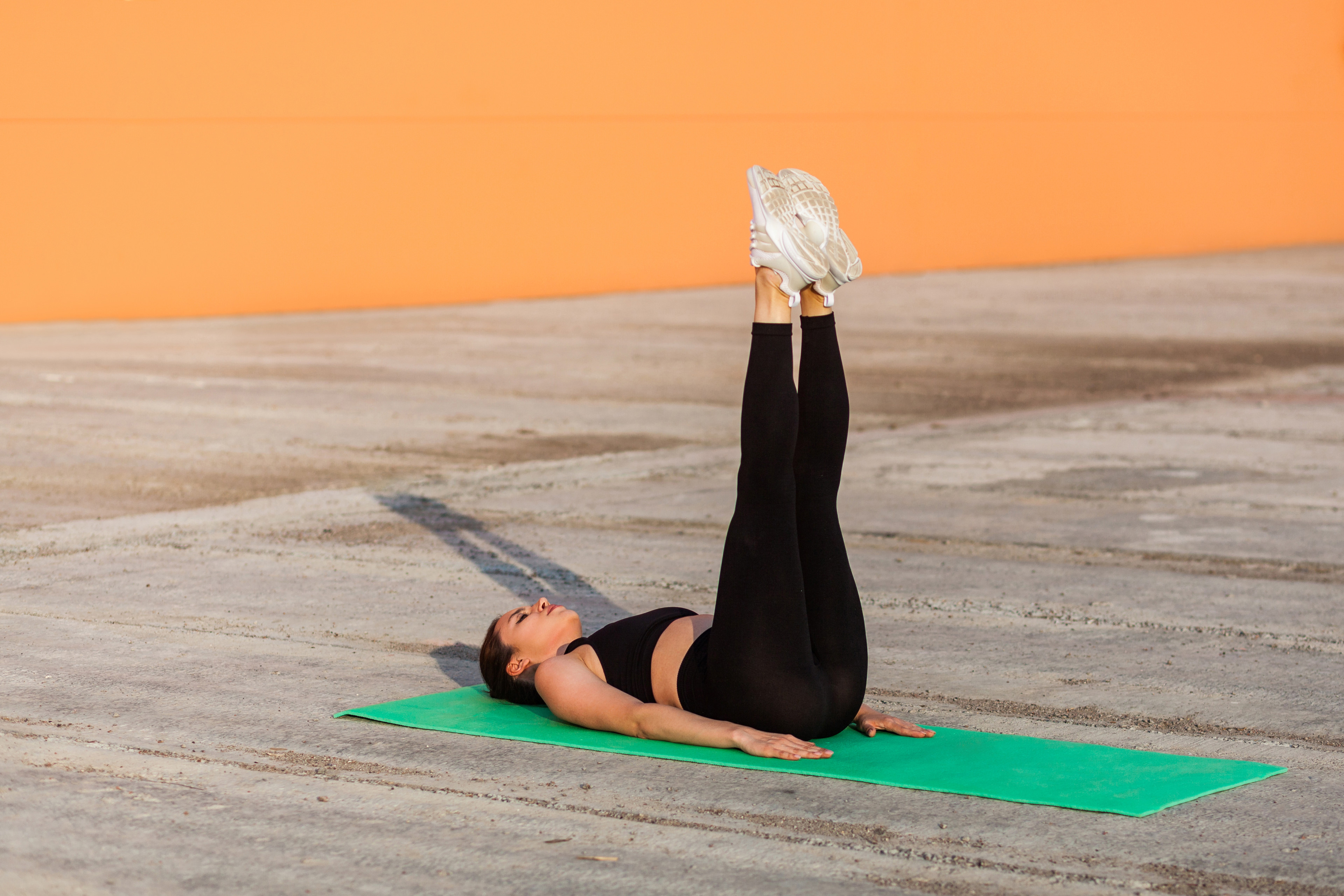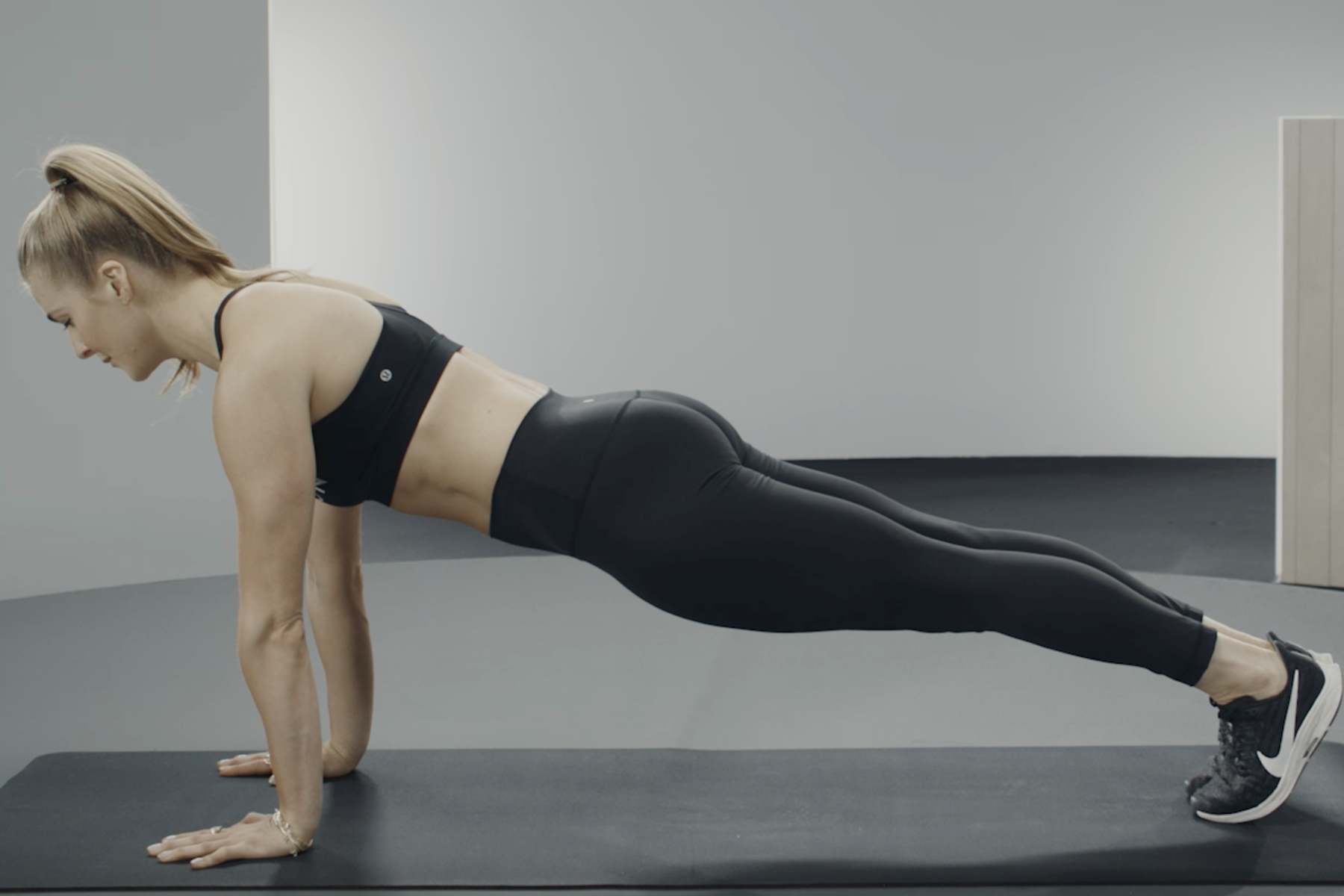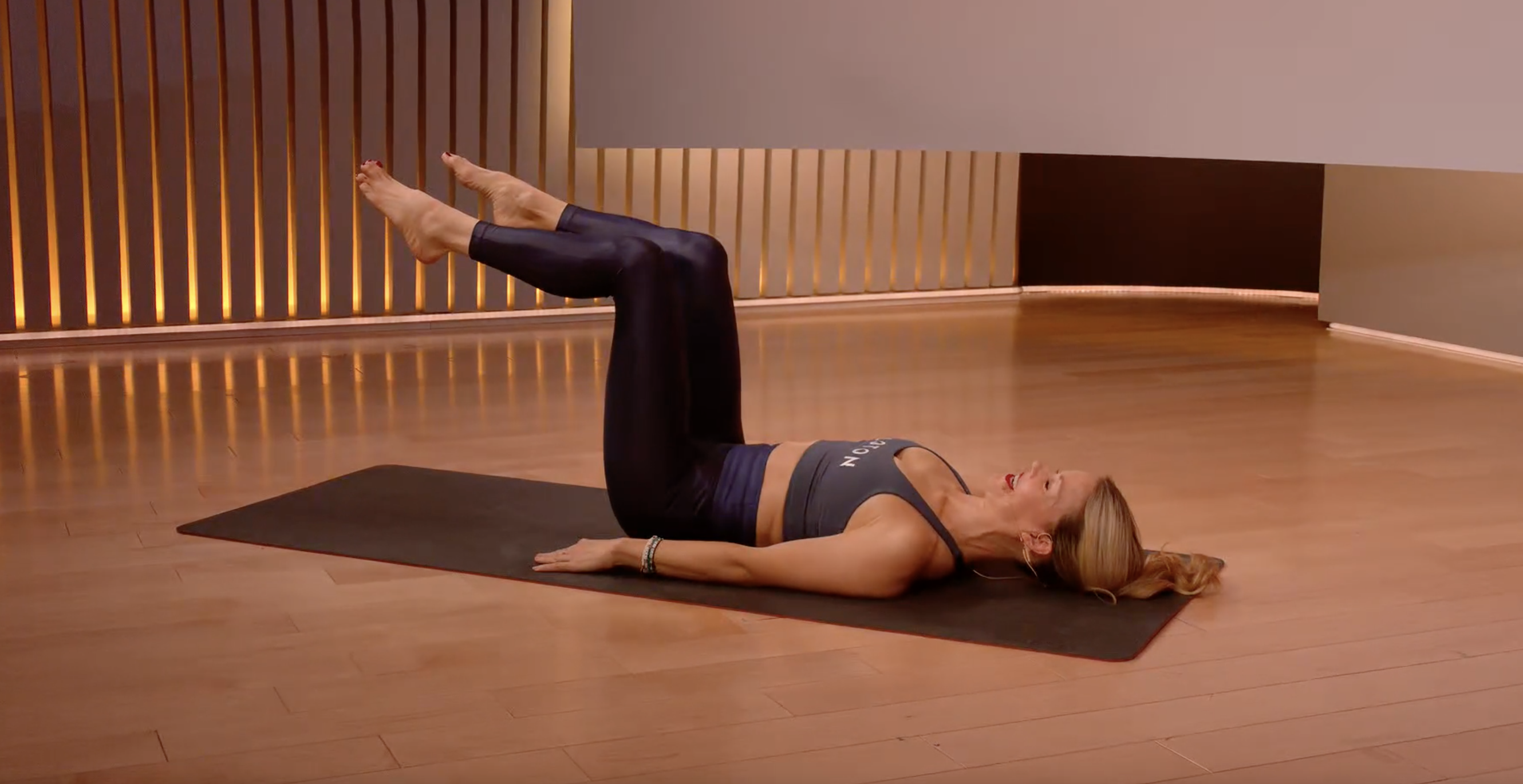
Khosrork/iStock/Getty Images Plus via Getty Images
Legs Lifts Help You Build a Strong and Stable Core. Here's How to Do Them
And the key form mistakes to look out for.
By Michele Ross•
What Are Leg Lifts?
What Muscles Do Leg Lifts Work?
Benefits of Leg Lifts
How to Do Leg Lifts
Common Modifications for Traditional Leg Lifts
Common Mistakes People Make When Doing Leg Lifts
3 Exercises That Will Help You Build Up the Strength to Perform Leg Lifts
A strong core is among the most coveted physical fitness gains. And no offense to the traditional crunch, but this standard move can only get you so far in your quest for a strong midsection and the plentiful health benefits that come along with it. If you’re looking for a dynamic core workout that won’t only work different ab muscles but also help strengthen your hips and lower back—with no equipment and nary a crunch in sight—it’s worth adding leg lift exercises into your routine.
Discover more ways to reach your goals with Peloton
Ahead, we’ll unpack the benefits of leg lifts, the muscles you’ll strengthen along the way, and how to do leg lifts safely and effectively.
What Are Leg Lifts?
“Leg lifts are an exercise used to strengthen the core and are beneficial to getting stronger in a variety of exercises,” says Peloton instructor Callie Gullickson. Traditional leg lifts, which are also known as leg raises, are performed in a supine position on the mat. You lift and lower your legs slowly and steadily from your powerhouse core, engaging your trunk to resist gravity and remain stable.
There’s a decent chance you’ve seen or done them before, as leg lifts or leg raises are a classic move in mat Pilates as well many ab-focused classes.
Are Leg Lifts Right for Everyone?
Leg lifts can get pretty juicy (read: tough). Although they’re generally accessible to beginners, they’re often challenging for advanced practitioners, as well. Those new to exercising or those who lack core strength may wish to start with only a few reps at a time, or to modify the move to make it easier. (Stay tuned, as we’ll soon cover how to do leg lifts for beginners.)
While the risk of injury with this move is low, leg lifts may not be ideal for you if you:
Have a hip or lower back injury (or a history of either)
Are pregnant or postpartum
Consult your physician and/or a certified fitness professional if you fall under any of these categories or if you have similar concerns.
What Muscles Do Leg Lifts Work?
“Leg lifts predominately target the muscles of the core, including the rectus abdominis as well as the internal and external obliques,” Callie explains. Though they’re known as an ab workout first and foremost, they also work the low back, hips flexors, and inner thighs.
A small 2018 study published in The Journal of Physical Therapy Science investigated the electromyographic activity of eight common ACL injury rehabilitation exercises, with leg lifts among them. The researchers found that leg lifts generated the highest activation of the rectus abdominis and the rectus femoris (the only quad muscle that crosses the hip) compared to muscle engagement elsewhere across the trunk, hips, and lower limb muscles.
Benefits of Leg Lifts
“This exercise is great for finding core stability,” Callie shares. The benefits of a strong, stable core can’t be underestimated and go far beyond surface-level perks.
As the Mayo Clinic notes, core exercises can help you to:
Improve balance
Improve posture
Perform everyday movements (like sitting and reaching) with greater ease
Amplify your fitness goals
Alleviate lower back pain
Reduce the risk of injury
Moreover, the motions required for leg lifts or leg raises can help boost hip strength and flexibility. This benefit is especially healthy for office workers and other people who sit for long periods throughout the day. It may also be attractive for those who experience discomfort from constant hip flexion with different ab exercises (including many variations of crunches).
Leg lifts activate the lower back, too—and strengthening the lower back just might be one of the best things you can do for your body. According to the World Health Organization (WHO), low back pain is the number-one leading cause of disability across the globe, for people of all ages, affecting an estimated 619 million people in 2020. Increasing muscle strength and mobility in this region—courtesy of leg lifts and similar core exercises—can help you reduce or avoid lower back pain and the reduced quality of life associated with the condition. (As the saying goes, prevention is the best medicine, so it’s worth taking care to stave off lower back pain before it starts.)
Last but not least, leg lifts are bodyweight exercises. You don’t need any equipment to do them (though a mat, or at least a comfortable floor surface, is ideal). As such, they’re highly accessible whether you’re at home, at the gym, or on the road.
How to Do Leg Lifts

Ready to start doing leg lifts? Callie cues her instructions as follows:
Start laying on your back. Keep your arms by your sides with your palms pressed firmly into the mat. Raise your legs straight directly above the hips in an L-shaped position.
Inhale as you lower your legs down, hovering about six inches above the mat. Pause for a brief hold.
Exhale as you draw your belly button in towards your spine, lifting your legs back up to a 90-degree angle.
Aiming for 10 to 12 reps is a good starting point for beginners. You can build up your rep count as needed, or incorporate other ways to increase difficulty. (More on this in the proceeding sections.)
Common Modifications for Traditional Leg Lifts
If You Want to Modify As a Beginner
“To make these easier, find a bend at the knees and drop your heels instead,” Callie advises. She also says you can simply avoid lowering your legs closer to the mat, as resisting gravity is the one the reasons why leg lifts are so challenging.
Beginners, as well as those with mild lower back pain, can benefit from tucking their palms under the small of their back. This extra support will make the motions easier and less taxing to perform.
If You Want to Make Leg Lifts More Challenging
Naturally, you can bring your legs closer to the mat, hovering them ever so slightly above ground to fire up your core. To seriously feel the burn in your midsection, extend the time you hold your legs before raising them back up to the beginning L-shape.
“In order to progress this exercise, you can [also lift your head] with shoulder blades off the mat, or additionally place your arms by your head so your biceps are by your ears,” Callie shares. These variations will ensure that your core is engaged for maximum effort and major results. (Just take care to avoid straining your neck in the process.)
Common Mistakes People Make When Doing Leg Lifts
According to Callie, the most common mistake people make when doing leg lifts is compromising form at their backs. “Oftentimes people tend to not keep a neutral spine,” she shares. “Therefore they arch their back and bring tension to their lower back, versus their core.” This won’t only reduce the integrity and benefits of leg raises, but also run the risk of injury. To avoid making this mistake, be mindful to keep your lower back pressed into the mat the entire time. If you find it arching upwards, don’t lower your legs as much.
You should also avoid using momentum to “swing” your legs up and down. Instead, stick to a steady pace to elicit a slow, satisfying burn throughout your entire core.
3 Exercises That Will Help You Build Up the Strength to Perform Leg Lifts
Whether you’re totally new to this move or have had them in your repertoire for a while, you can strategically incorporate other exercises into your routine to make leg lifts easier.
Callie’s favorites include the following:

Planks
Although the earlier cited study showed leg lifts to be superior for activating the rectus abdominis, the plank is a foundational full-body exercise with no shortage of benefits. Planks are included in everything from vinyasa yoga flows and Pilates classes to HIIT cardio circuits. You can also do them on their own to get your body stronger (and shaking) in no time. Challenge yourself by aiming to hold a plank for one minute every day, working your way up to this goal in 10- to 15-second intervals.

Dead Bugs
This strangely named but highly effective supine core exercise entails moving opposite sides of the body at the same time (e.g., your left arm and your right leg). It also helps with coordination and proprioception (aka how you perceive your body’s position and movements).

Heel Taps
Similar to leg lifts, heel taps work virtually every part of your core and increase hip mobility with its lower-and-lift motions. You can find both heel taps and leg lifts in beginner Pilates classes on the Peloton App.

Peloton App
Access thousands of classes with no equipment needed.
This content is for informational and educational purposes only and does not constitute individualized advice. It is not intended to replace professional medical evaluation, diagnosis, or treatment. Seek the advice of your physician for questions you may have regarding your health or a medical condition. If you are having a medical emergency, call your physician or 911 immediately.
Level up your inbox.
Subscribe for a weekly dose of fitness, plus the latest promos, launches, and events.
By providing your email address, you agree to receive marketing communications from Peloton.
For more about how we use your information, see our Privacy Policy.









